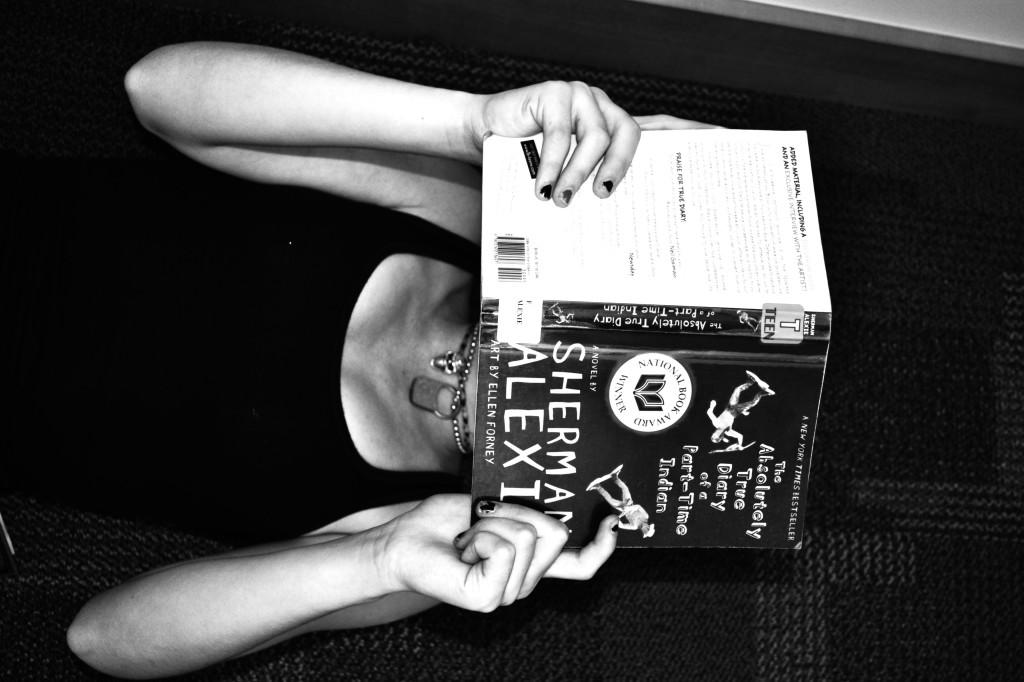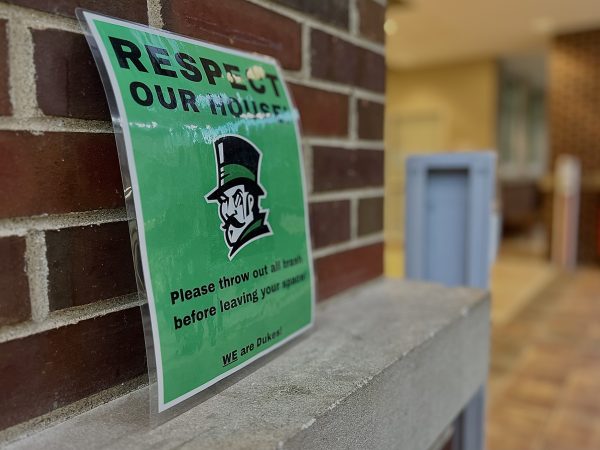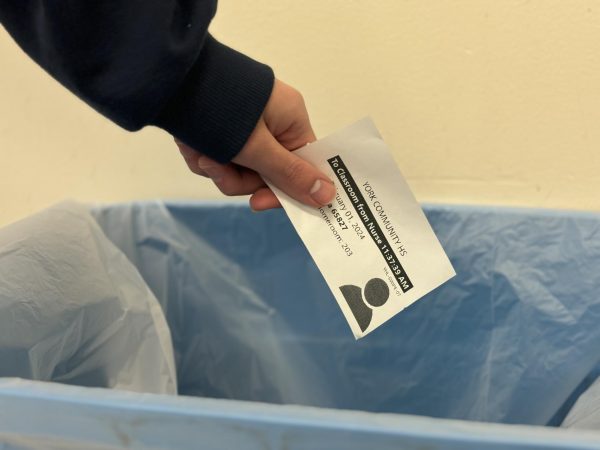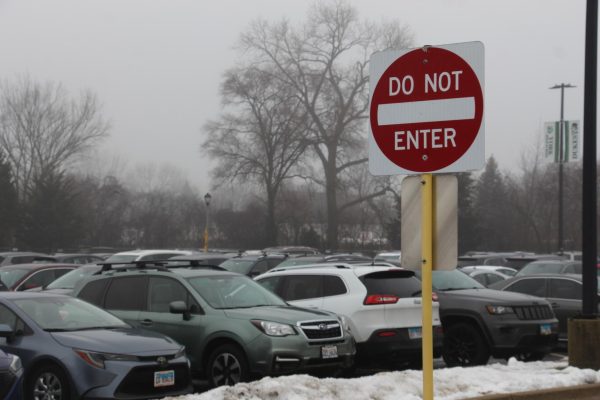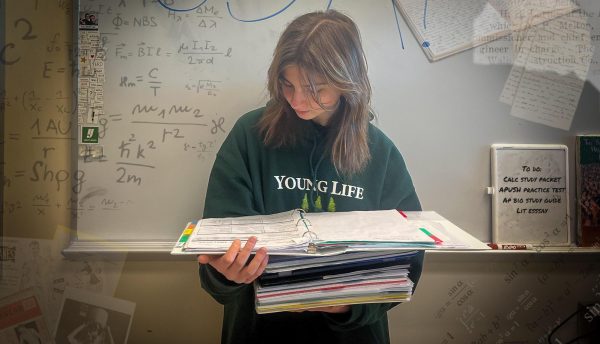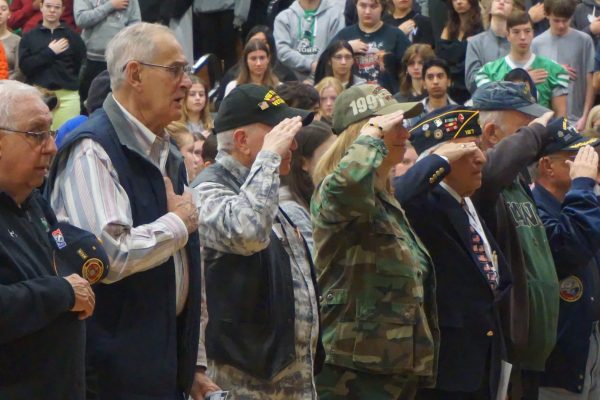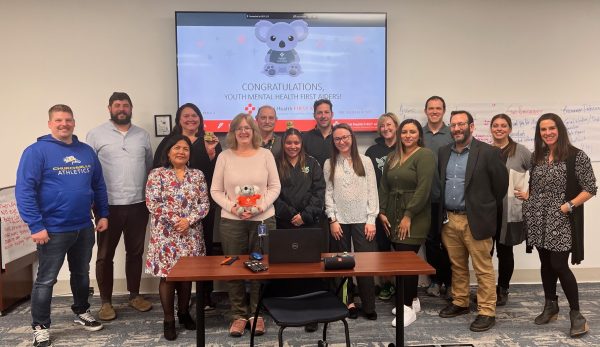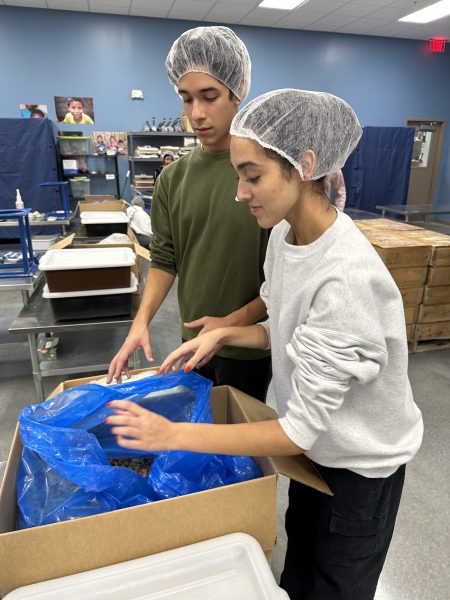Rebels unite . . . to read books
This year, from September 22-28, the annual national book community’s Banned Book week is being held. This is a week where book lovers and freedom lovers alike celebrate our freedom to read as well as our basic right of intellectual freedom.
According to The American Library Association, intellectual freedom is defined as “the right of every individual to both seek and receive information from all points of view without restriction.”
Books are often challenged due to reasons that the content is sexually explicit, contains offensive language, unsuited for age group, contain religious viewpoints, and the content of violence, among many other reasons.
All of these reasons challenge our intellectual freedom as a human being by restricting our right to hold and receive ideas.
“Every book has valuable information, a message or a new experience that some has not read or seen before. Books are just another way of opening our eyes and to ban books is to close them back up,” Ashley Williams, Senior, said.
According to “The Newsletter of Intellectual Freedom,” some popular books that are being challenged or banned in certain schools include: “Looking for Alaska” by John Green, “The Perks of Being a Wallflower” by Stephen Chbosky, “Fight Club” by Chuck Palanluk, among around 40 others.
Even York’s curriculum is not immune. Some of the books being challenged, such as “Romeo and Juliet” by Shakespeare, “The Color Purple” by Alice Walker and “The Absolutely True Diary of a Part Time Indian” by Sherman Alexie, have been or are currently a part of the curriculum at York.
“The Absolutely True Diary of a Part Time Indian,” a favorite of many students, had been a piloted to be a part of the English 9 curriculum last year, but it was ultimately decided it wasn’t a good fit due to the content of the book being too inappropriate.
“The Color Purple” was removed from English 11 classes last year, due to a graphic rape scene.
York follows the Illinois state law as their policy when deciding what books fit the curriculum.
“We don’t necessarily “ban” books; “The Color Purple” was more of a cleaning up the curriculum case and “The Absolutely True Diary of a Part Time Indian” was just being piloted. What ultimately goes into the decisions behind what books we use in the curriculum include: the nature of the content, the standards of the course, the appropriateness to the curriculum and staff reviews,” Dr. Charles Johns, the Assistant Superintendent for Curriculum and Instruction said.
“No books should be banned in high school. The debate should be whether books should be taught in the curriculum or not, based on their literary value, not on the content,” said English teacher Mr. Shah.


